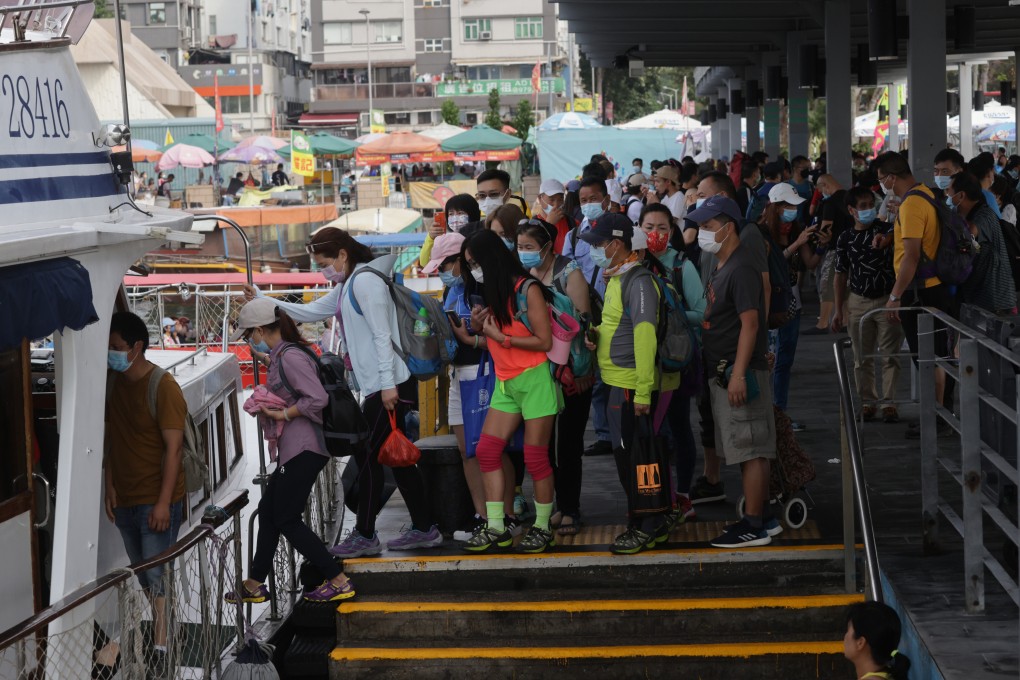Letters | Sai Kung needs green public transport, not foreign tourists
- Readers discuss suggestions on how Sai Kung could be developed, flat sizes in a Sai Sha residential project, and the feasibility of recycling programmes in Hong Kong

While it is true that local leisure destinations have been more popular during the overseas travel restrictions because of the Covid-19 pandemic, the suggested “improvements” to Sai Kung’s links and facilities are impractical and would be detrimental to the town’s ambience and environment.
While a ferry link to Sai Kung has been suggested in the past, the proposal has fallen on deaf ears. However, redundant ferry boats could not call at Clear Water Bay as there are no berthing facilities near the beaches. The construction of such facilities would ruin the popular beaches and pollute the sea.
The bus terminus could be moved to the area near the Sai Kung police station. There is an abundance of tourist shops in the town, but there is scope for more bars and restaurants along the waterfront. However, the high rents demanded could preclude these.
Tourist developments such as Sea World may be fine in places like Gold Coast, Australia, but are totally inappropriate for Sai Kung. Where would land for such a facility be found? We surely do not want more land reclamation. In any case, Ocean Park is available for marine biological research.